
Photo: Stadtplanung Linz, Heimo Pertlwieser
C… what it takes to change. These watchwords will become a programmatic agenda in early September 2014 as the Ars Electronica Festival takes leave of some of the venues that have gotten established over the years and heads out into Linz’s inner city. This time around, most of the Festival’s events will take place in a sector bounded by the Promenade (north), Bischofstrasse (south), Landstraße (east) and Herrenstraße (west). We’ve done some advance scouting throughout this approximately 50,000-square-meter zone. Now we’d like to present a few initial impressions of this year’s Festival locations, and whet your appetite with a few programming teasers.
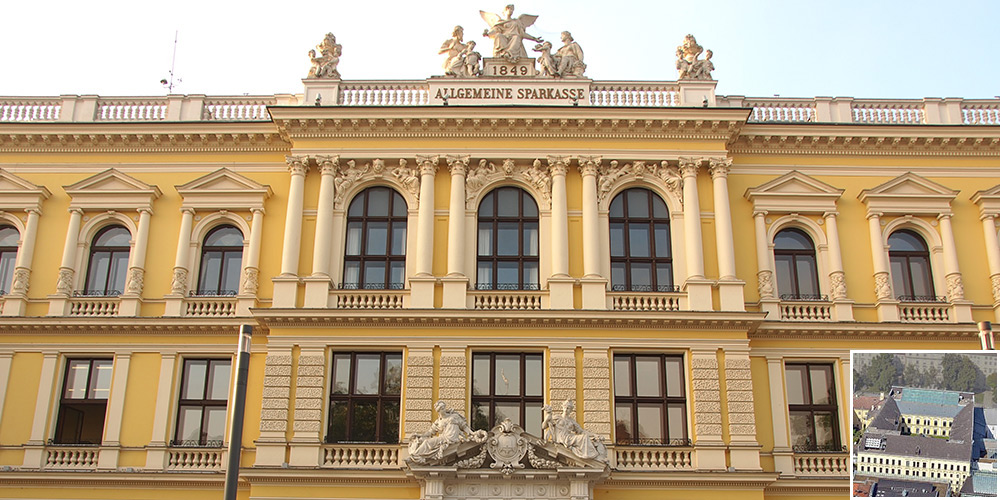
Let’s begin our little walkabout, appropriately, on the Promenade—a few meters south of the Hauptplatz (Main Square) and Landstraße, an avenue lined with shops, department stores and malls. Here, a mighty impressive savings bank got established in 1849. As soon as the last customers have completed their transactions, the high-ceilinged lobby of this historic structure will be the setting of a panel discussion about Bitcoins and Co. and payment systems of the future.

We turn into Herrenstraße, formerly the address of Linz’s aristocrats and grandees. Today, it’s lined by lots of little boutiques that present their wares in stylishly decorated display windows. Summer blazers, spiced tea compositions, meat morsels ready to stir-fry, straw hats—you won’t find a more diversified assortment anywhere.
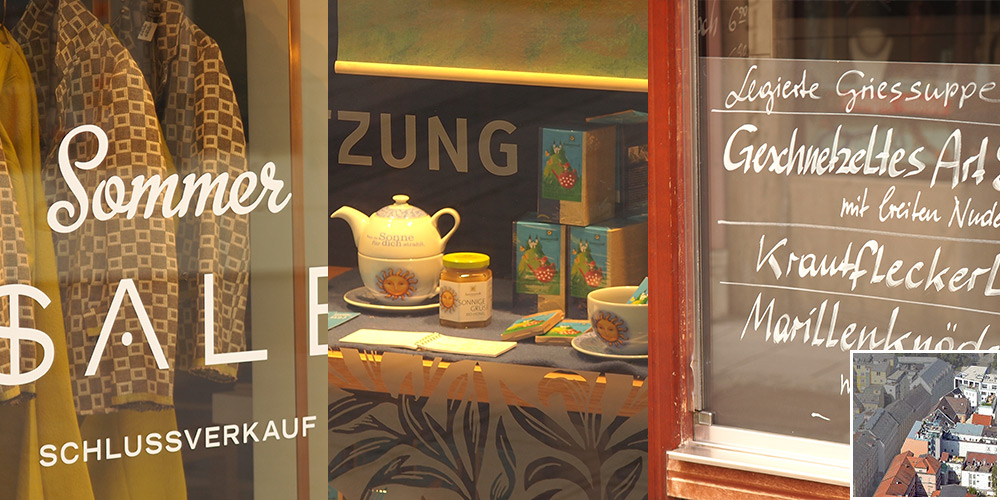
A passageway takes us to the first spacious inner courtyard in this block. Located right behind the bank building and accessible from several sides, the C-Square is situated right in the middle of the Festival City and serves as its info hub. This is your go-to spot to find out about when and where exhibitions, talks, conferences, concerts or tours are set to take place. You can also purchase your Festival tickets here, and media outlet representatives can find user-friendly spots to flip open their notebooks. Locals are familiar with this setting as the gemütliche interior plaza of the Arkade, a downtown shopping center.
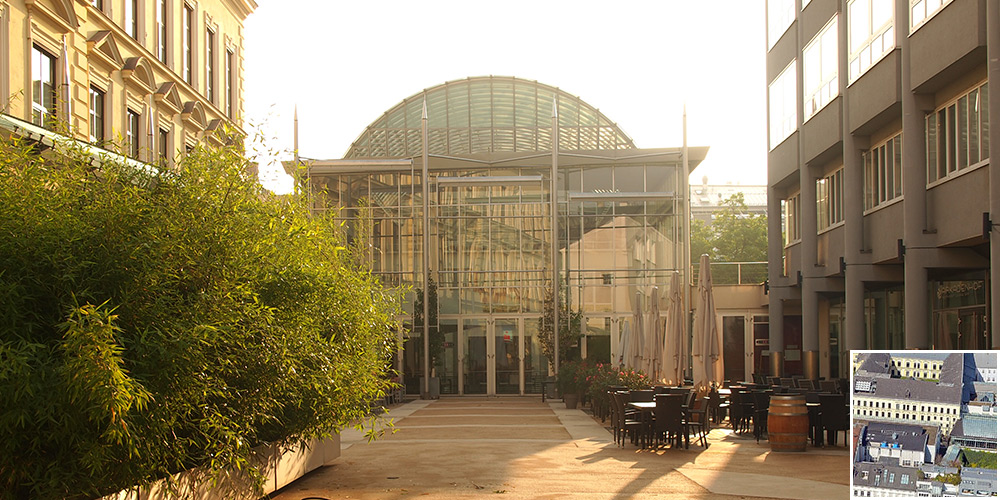
For the Festival, the display windows of the Arkade’s stores are being transformed into media art showcases constituting a Change Gallery. While strolling through the shopping center’s arcades, you’ll occasionally encounter works of media art—sometimes presented subtly, sometimes impossible to overlook; often taking a decidedly serious approach, but here and there with tongue planted firmly in cheek.
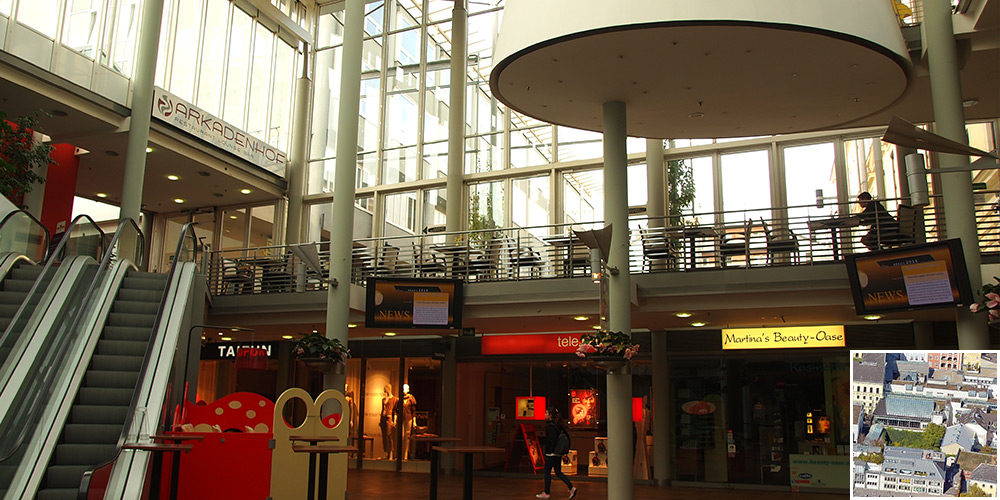
You’ll see that there’s not just one path to reach a particular destination. And that there’s not just one level on which the Festival is being played out. And that it can rain as much as it wants—these out-of-the-ordinary locations make this year’s lineup waterproof. Nevertheless, let’s take it outdoors and head south.
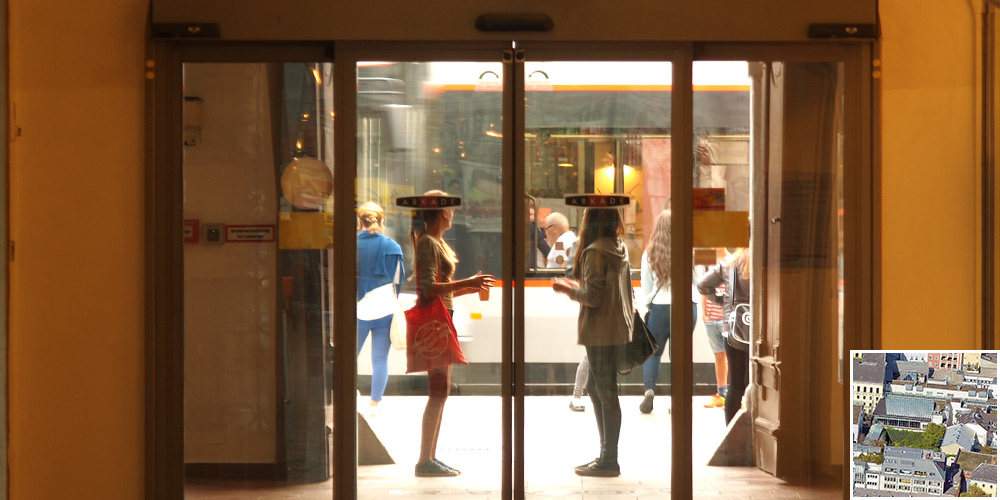
The street we now step out onto is Spittelwiese, named after what was, in the 16th century, a meadow on the grounds of the city’s hospital. This will be the site of the u19 CREATE YOUR WORLD Festival, the future festival of the next generation. Here’s a spacious playground and proving ground for young people to nurture ideas and bring film-related projects to fruition. It’s also a great setting for families, young futurists and committed activists to acquire insights and hone skills that just might come in handy in their endeavors to make the world a better place.
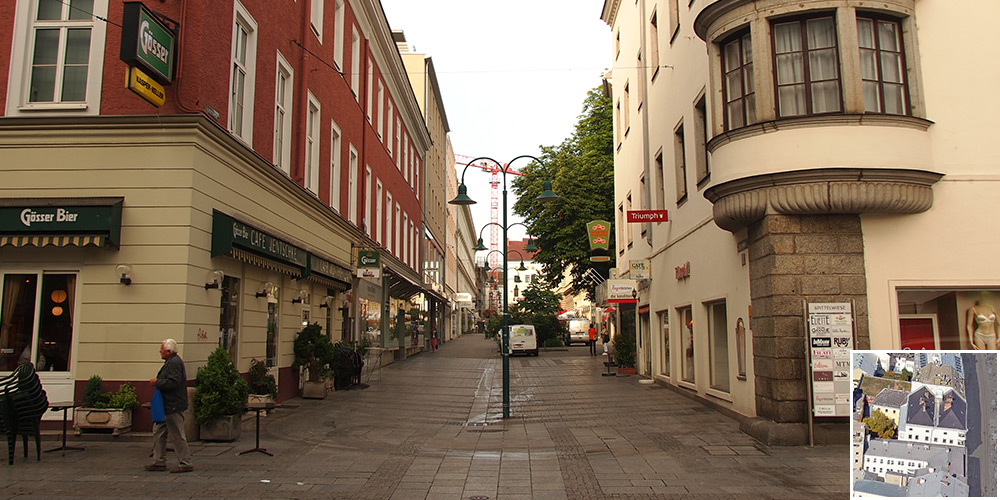
There’ll be workshops on storytelling, animation and postproduction. Several zones will substantially morph into film sets—shooting locations for, among other shots, a sort of ultra-long, totally uncut pan known as a lip dub. As you can plainly see, wherever our reconnoitering takes us in Festival City, there’s no shortage of motifs just begging to be captured.
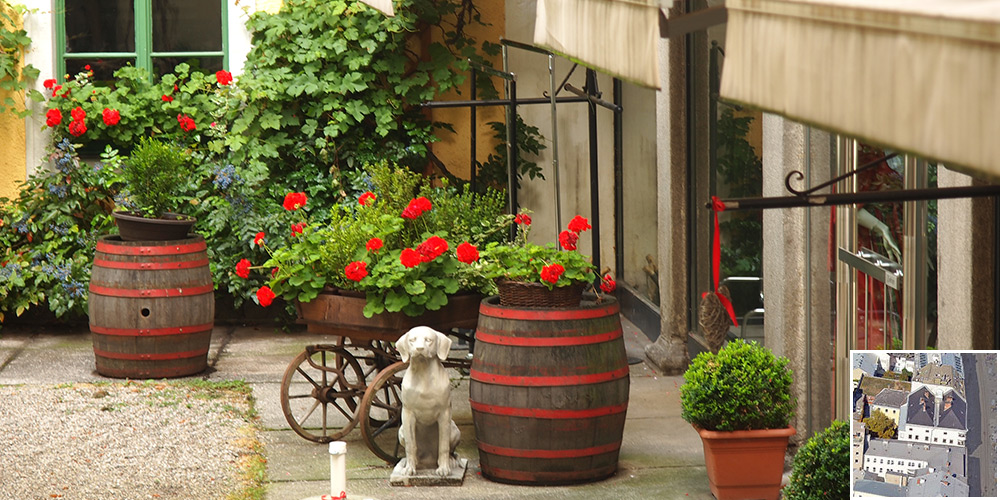
Arriving at the other end of Spittelwiese, we enter the Akademisches Gymnasium that will also be one of this year’s primary Festival venues. Founded in 1542, it’s the oldest of five such college preparatory schools in Austria.

Shortly before the new school year gets underway, the many classrooms, gymnasiums, athletic fields, wood & metal shops and auditoriums will be serving as exhibition spaces for works of media art and hosting conferences such as the Future Innovators Summit. The Ars Electronica Futurelab will also be setting up a temporary bureau here—at the top of their agenda is facilitating interaction among festivalgoers and the many guest artists and scientists from all over the world. As many events as possible will be staged alfresco. There’ll be a lot of interesting stuff happening here, so this is definitely a don’t-miss destination.
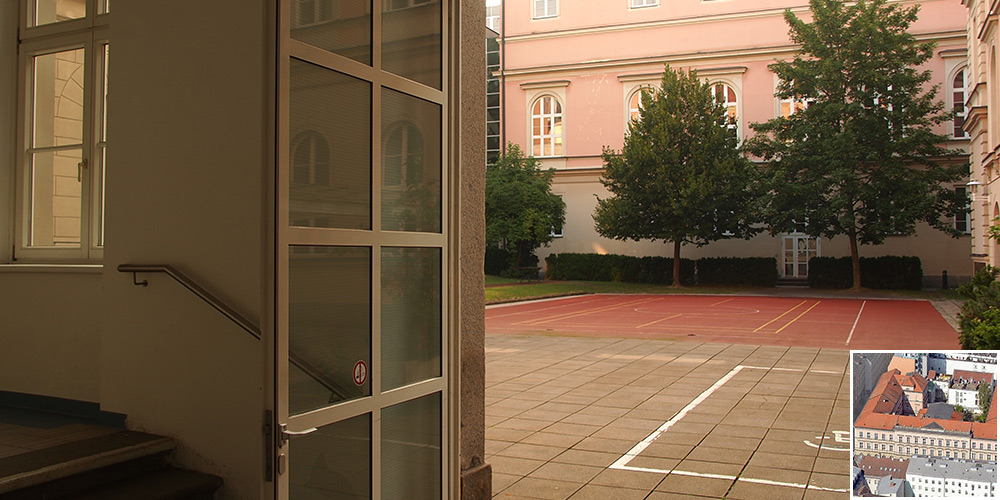
Another architectural highlight is located a little south of the Akademisches Gymnasium: Bischofshof, the residence and official seat of the bishop of the Linz Diocese. Completed in 1726, this substantial structure was initially used by the abbot of nearby Kremsmünster Monastery as a headquarters in the province’s capital city. The local ecclesiastical administration has its offices here now. During the Festival, it’ll be a performance venue—for example, to scrutinize the sounds that surround us in everyday life. Visitors will also get a chance to experience the Bischofshof’s garden that is normally off-limits to the general public.

Mariendom, referred to by many Linzers as the New Cathedral, will be a Festival location once again this year. It’s located immediately adjacent to the Bischofshof and the Festival City. Built in 1924, Mariendom is one of Austria’s largest churches. The imposing walls will serve as a gigantic projection surface for interactive visualizations, the interior as a presentation space for media art projects.

This brief meander through the Old City and abbreviated outline of the Festival program is just our way of getting the conversation started. Follow us on our social media channels and check the Festival website ars.electronica.art/c for updates over the coming weeks. And by all means keep the first week in September open on your calendar!
So, let’s wrap this up now with a few more impressions of the Festival City as it looked in early July. Catch you later!
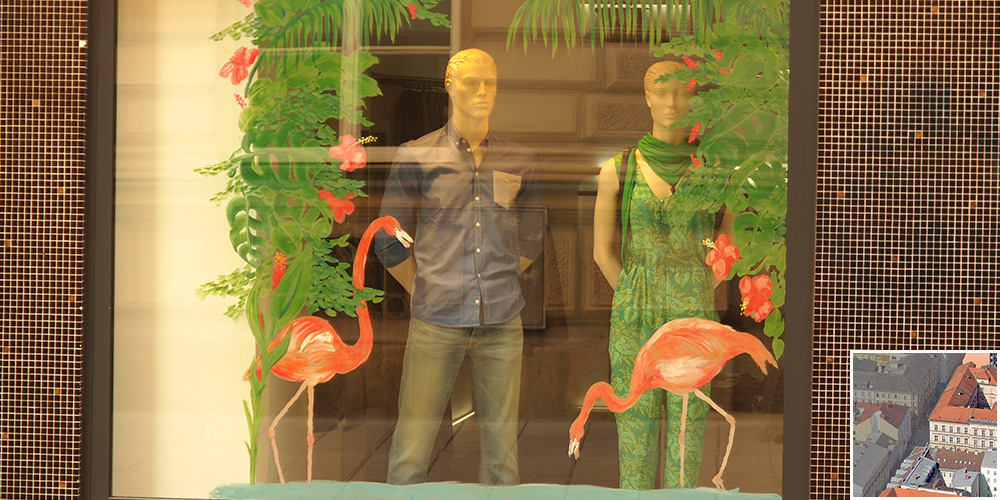

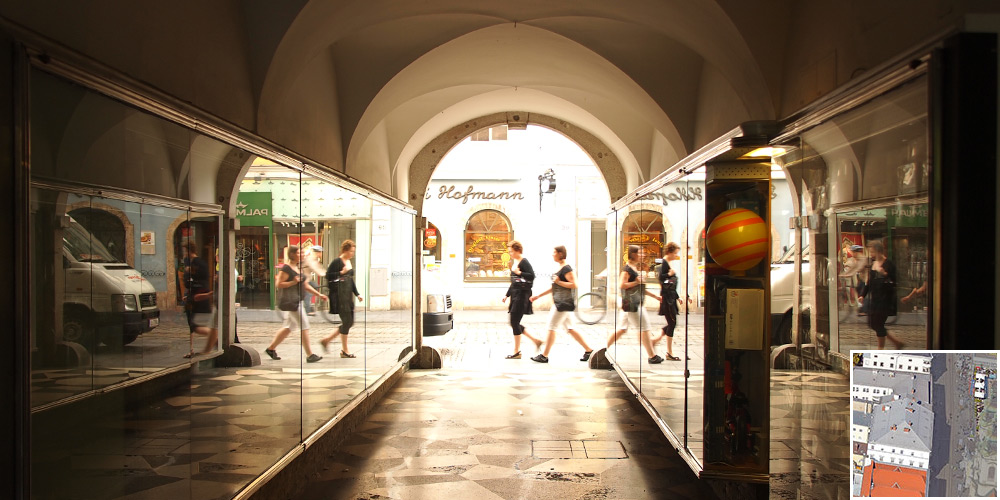
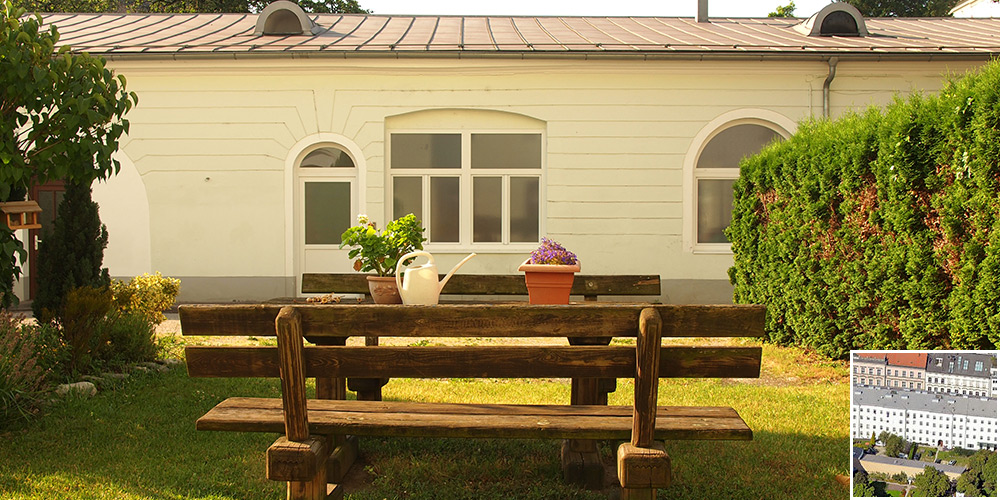

All photos of this blog entry: Martin Hieslmair
